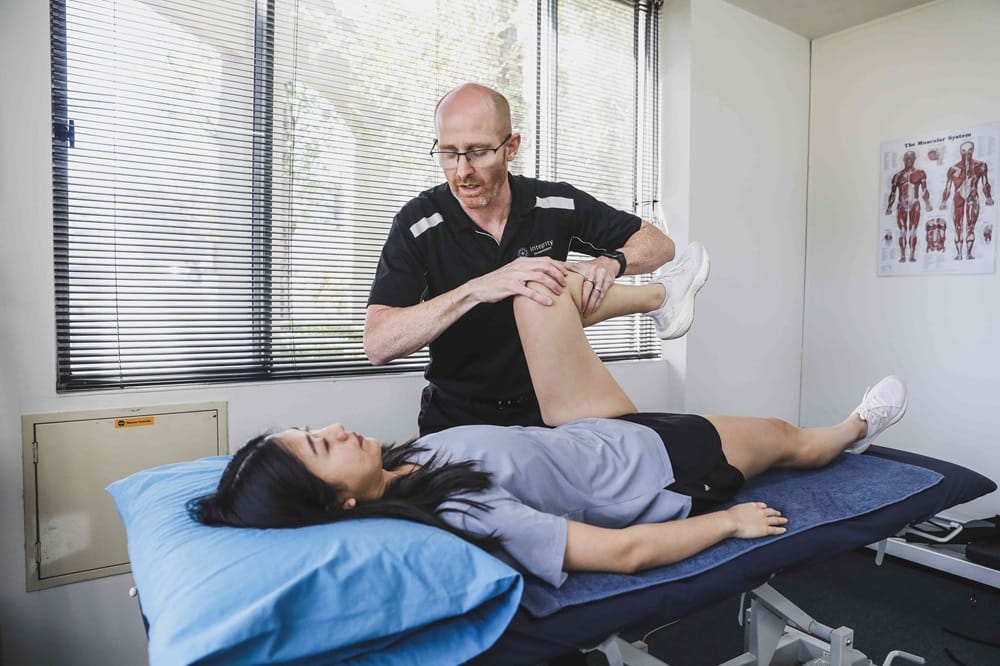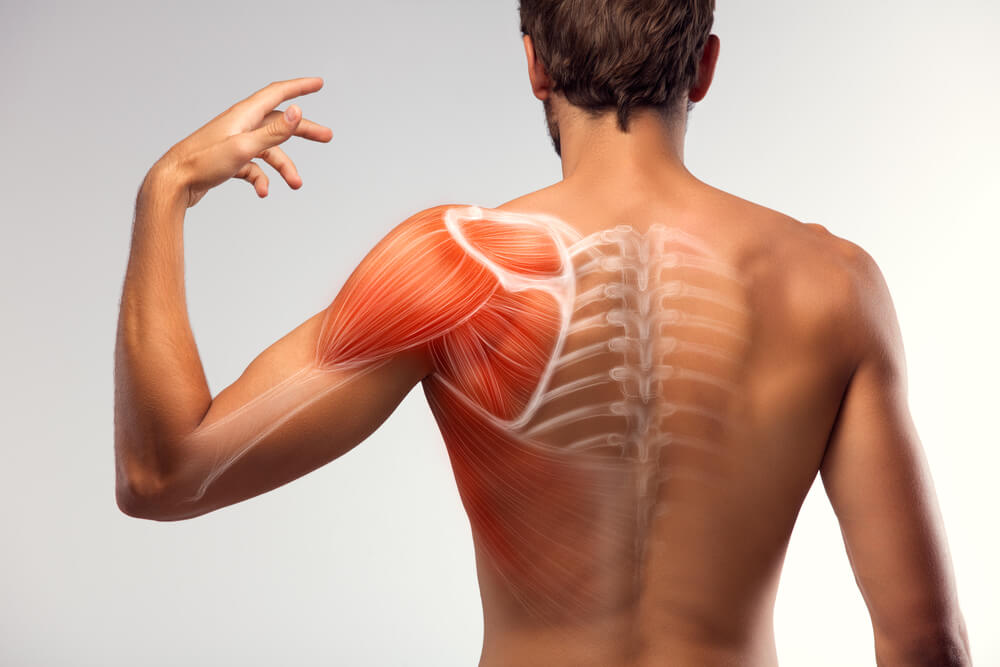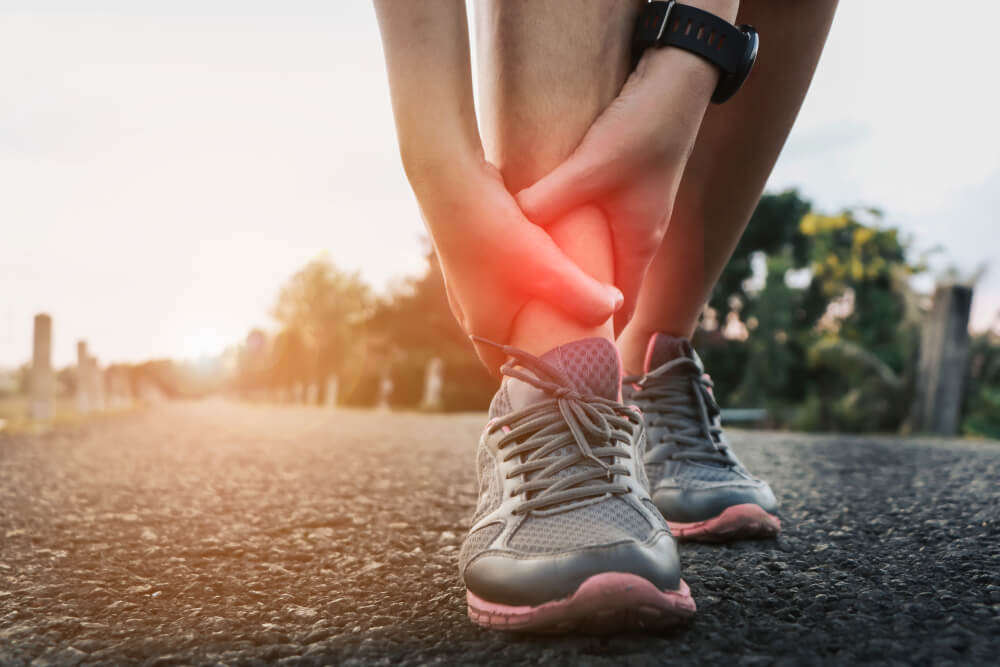
Straining a muscle is painful, and can be even worse in the long run if it’s not treated early and managed properly. The road to recovery can sometimes be slow and painful, and that’s why having the support of the right health professionals along the way is critical to ensuring the initial injury doesn’t lead to chronic issues.
First things first, it’s good to know what to do immediately after you’ve strained a muscle. The early stages after muscles sprain and strain are really important to get right as your muscles are prone to further irritation or tearing if they are not looked after.
Short Term: Immediately After Injury
Firstly, you’ll want to rest. This means relative rest, less than what you usually do. Slow down doesn’t mean stop altogether. Take care not to force any movement, especially if it feels painful to do so. Find a place where your weight is off your limb, and apply ice to ease the inflammation. Immediately after a strain, your muscle might swell as it tries to heal the tear – this process is the body’s natural response to injury so there’s no need to panic. In this early stage, the body is relocating immune cells and expanding blood vessels to increase flow to the site of damage. While the initial swelling is natural and unavoidable, persistent swelling can be calmed by applying ice to the injury.
Many muscle strains are non-structural meaning there is no tear or damage. If you’re not sure whether there is a tear, use ice just to be on the safe side and see your physio for an assessment.
Compression
Binding and compressing a muscle injury is only relevant when there is a significant tear with moderate to severe swelling. When using a bandage make sure it’s not too tight as this can severely impact your recovery. Make sure you apply equal pressure around all points of contact with any bandage, this will help keep inflammation and swelling moving rather than becoming trapped below the injury site.
The First Few Weeks
Muscle tears will heal within six week unless they are very severe. Non-structural muscle strains can recover even sooner as they are usually just muscle spasm. The first few weeks are a vulnerable time for your body as it repairs. The risk of re-injury during this period is between 40 and 70% higher than normal.
Having proper care and a treatment plan will massively reduce the risk of re-injury. Physiotherapy for muscle strains aims to achieve the following:
- Stability and rest
- Decreased inflammation and pain relief
- Increased range of motion
- Regaining regular function
- Strengthening and optimising
- Ongoing support and professional guidance
Plan Your Recovery
It is important to have a plan that takes into consideration more than your specific injury. Your body type, weight, and lifestyle activities influence your recovery and how your injury must be managed. Discussing your injury with a physiotherapist will allow them to develop the right plan for you.
Can’t Run? Time To Keep Your Mind Active
The loss or even partial loss of mobility due to a strain is detrimental not only to your physical wellbeing but your personal life and mental well-being. No matter your lifestyle, it’s important to keep active in ways that don’t hinder your progress. Staying mentally active throughout your recovery is very important. Also, it is important to find other forms of exercise to keep you moving during the recovery process, even if they aren’t your favourite.
Set Your Goals
Having regained normal range of motion, the next step is strengthening and optimising your injury. It may be a major sporting event you’re looking forward to, or just having peace of mind when dropping the crutches or tearing off the sling. It’s important to know when the time is right to progress. Consulting with a qualified Como physiotherapist will ensure the right things are added to your rehab at the right time.
Setting goals along the way can be good for motivation. Sticking to an exercise plan that prioritises your recovery will decrease the risk of a follow-up injury. If you lead an active lifestyle you may be itching to get moving again, this is why managing expectations and remaining disciplined will assist in making this happen as soon as possible.
Long Term Recovery And Prevention
While these injuries often come at the most unexpected time and can be difficult to deal with, it shouldn’t deter you from exercising or remaining active in the future. Leading an active lifestyle by playing sports or running will increase your bone health and if done at the right intensity, will reduce your chances of getting a strain in the first place. By increasing flexibility in your body, you are also increasing its ability to undergo stress and impacts helping to avoid strains.




